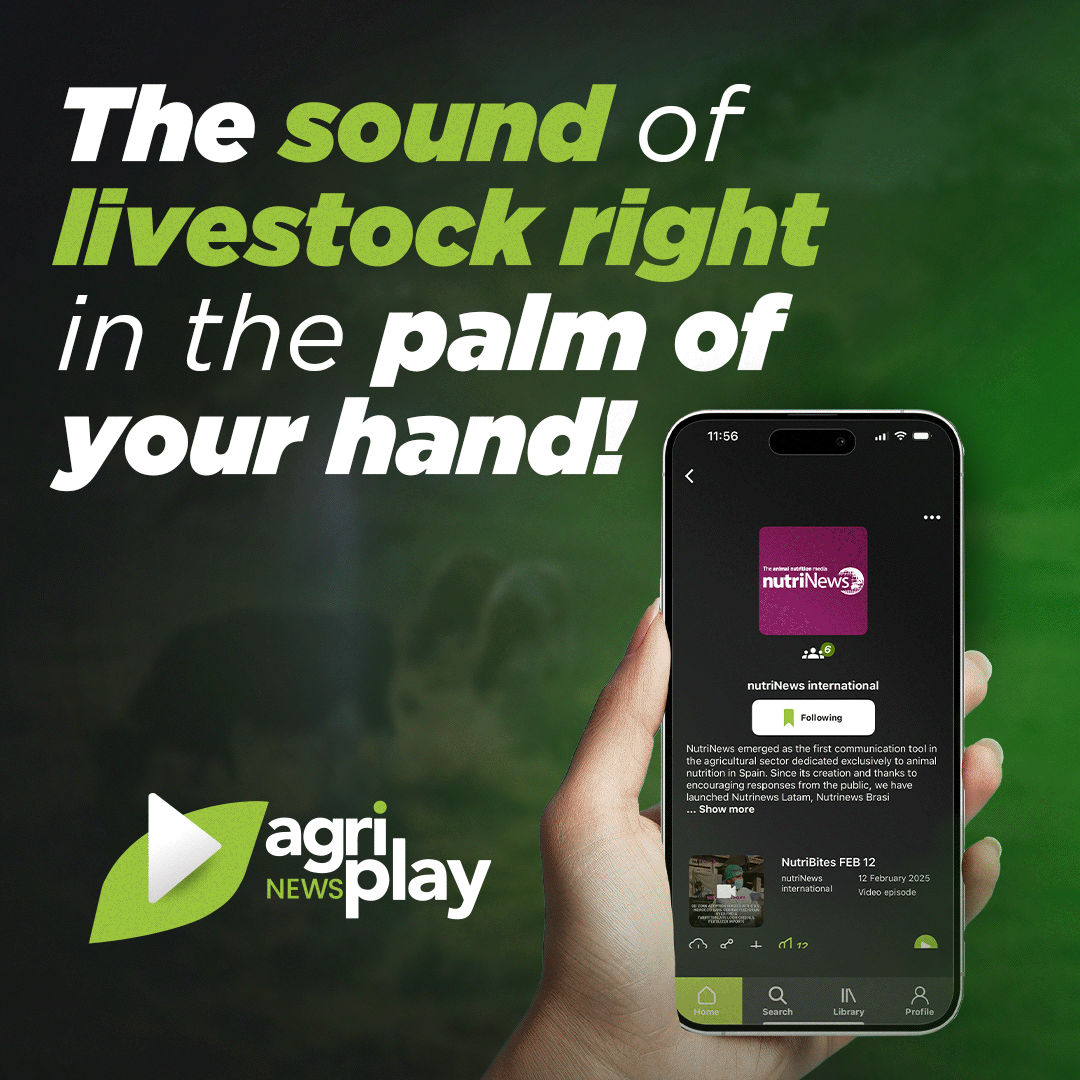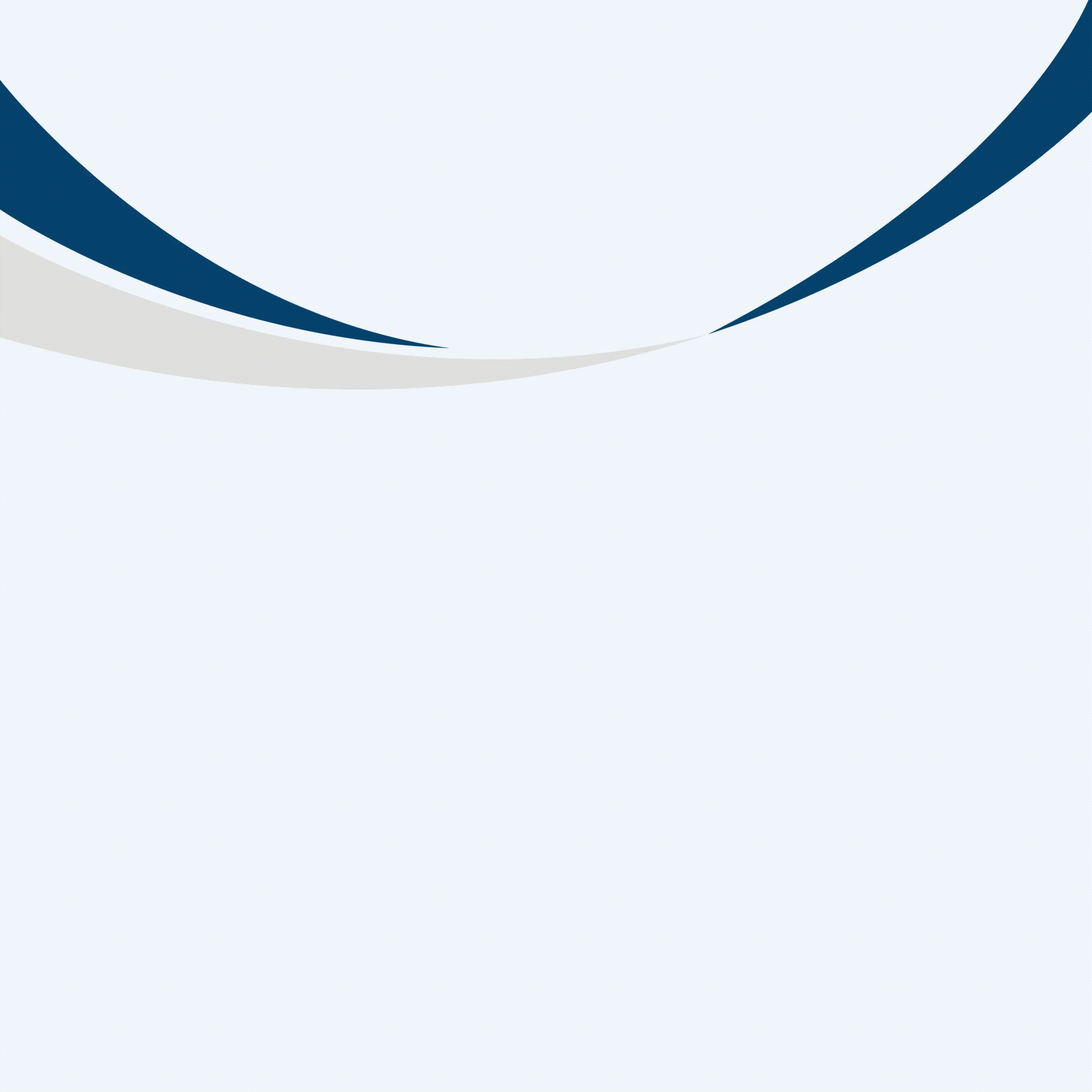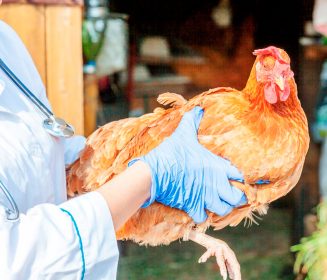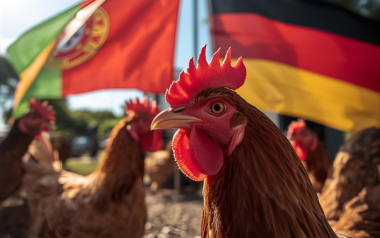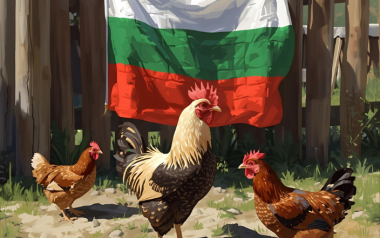Sources: Available upon request.
13 Jun 2024
Detecting H7 Avian Influenza in poultry farms in Australia
In recent weeks, Australia has faced a concerning outbreak of avian influenza, specifically the H7N3 strain. The latest detection occurred on a third poultry farm near Melbourne.
In recent weeks, Australia has faced a concerning outbreak of avian influenza, specifically the H7N3 strain. The latest detection occurred on a third poultry farm near Melbourne. While this news raises alarm, it’s important to understand that this strain is distinct from the one that has caused global concern and potential human transmission. Let’s delve into the details.
- The highly pathogenic H7N3 strain of avian influenza has been found on four farms, while another virus, H7N9, has been detected on a fifth property in the last seven weeks in the state of Victoria. Australian farms have been quarantined. At least 580,000 birds have been culled as part of extensive biosecurity controls.
- Japan and the United States have temporarily banned poultry imports from Victoria as a precautionary measure.
- In Australia, some supermarkets are restricting the amount of eggs consumers can buy due to disruptions in the supply chain.
- Avian influenza is a viral disease found throughout the world. It spreads between birds or when contaminated animal feed and equipment are moved between areas.
The outbreak
- Third farm affected:
- A third poultry farm, located just a few kilometers from the initial infection site, reported the presence of H7 avian influenza.
- Both the third farm and the first two affected farms share the same H7N3 strain.
- Notably, the second affected farm had a different strain, H7N9.
- Containment measures:
- Authorities have swiftly quarantined all three farms, implementing movement restrictions in the surrounding areas.
- Graeme Cooke, Victoria’s Chief Veterinarian, emphasized that detecting avian influenza on the additional property was expected due to ongoing surveillance within Restricted and Control Zones.
- Risk to Consumers:
- Fortunately, this outbreak poses no risk to consumers of eggs and poultry products.
- The government assures that the virus does not endanger human health through consumption.
Historical Context
- Australia’s experience:
- Since 1976, Australia has encountered nine outbreaks of highly pathogenic avian influenza. Each outbreak was successfully contained and eradicated.
- The H5N1 strain, a different variant of avian influenza, has caused widespread bird fatalities globally but has not led to significant human infections in Australia.
- Global impact:
- H5N1 has affected various bird species and even some mammals.
- It has infected three individuals in the United States and one person in Australia.
Conclusion
While vigilance remains crucial, it’s essential to differentiate between the H7N3 strain detected in Australia and the more globally concerning variants. Authorities continue to monitor the situation closely, and consumers can rest assured that their food supply remains safe.




